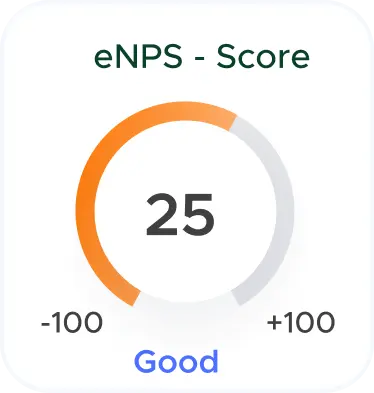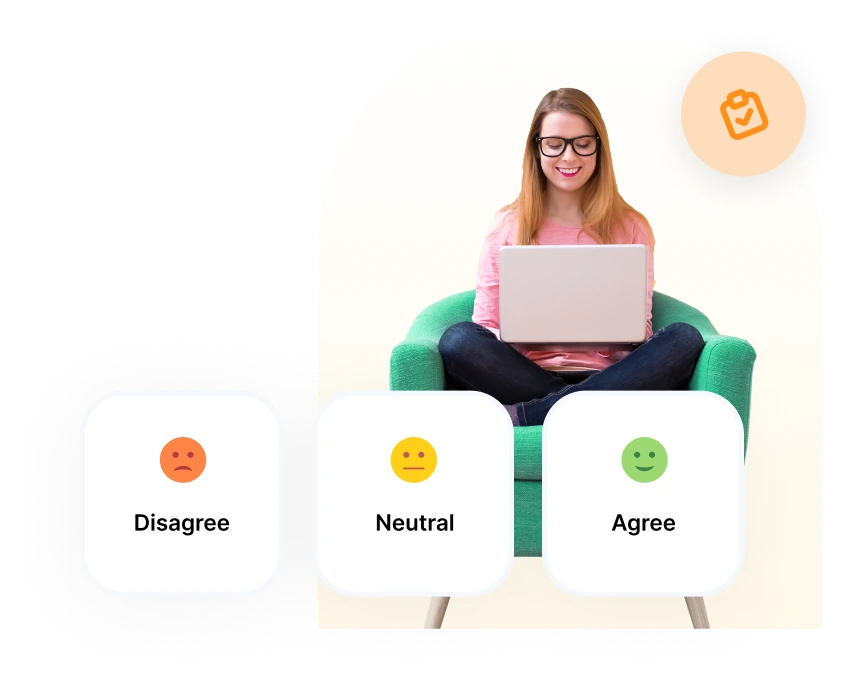How to motivate hourly pay employees?
Motivating hourly pay employees is critical for engagement, productivity, and satisfaction.
Some of the strategies which include are:
- Komunikasi yang jelas
- Mendorong keseimbangan antara pekerjaan dan kehidupan pribadi
- Reinforcements and rewards
- Encourage a positive work environment
- Belajar dan peningkatan diri
1. Clear communication: Communicating expectations, goals, and performance standards to hourly employees and making them understand how their role will contribute to overall success.
2. Encourage work-life balance: Supporting healthy work-life balance for hourly employees by providing flexible schedule options.
3. Reinforcements and rewards: Foster a recognition program that acknowledges and rewards employees for the achievement and efforts of hourly employees, which includes verbal, written appreciation, or performance incentives.
4. Encourage a positive work environment: Create a positive work culture that promotes collaboration and mutual respect among employees. A positive work environment fosters employees to be productive and increases retention.
5. Learning and self-improvement: Encourage learning and self-improvement by providing mentorship opportunities and training programs to enhance skills and knowledge.

.svg)













.svg)



.svg)
.svg)